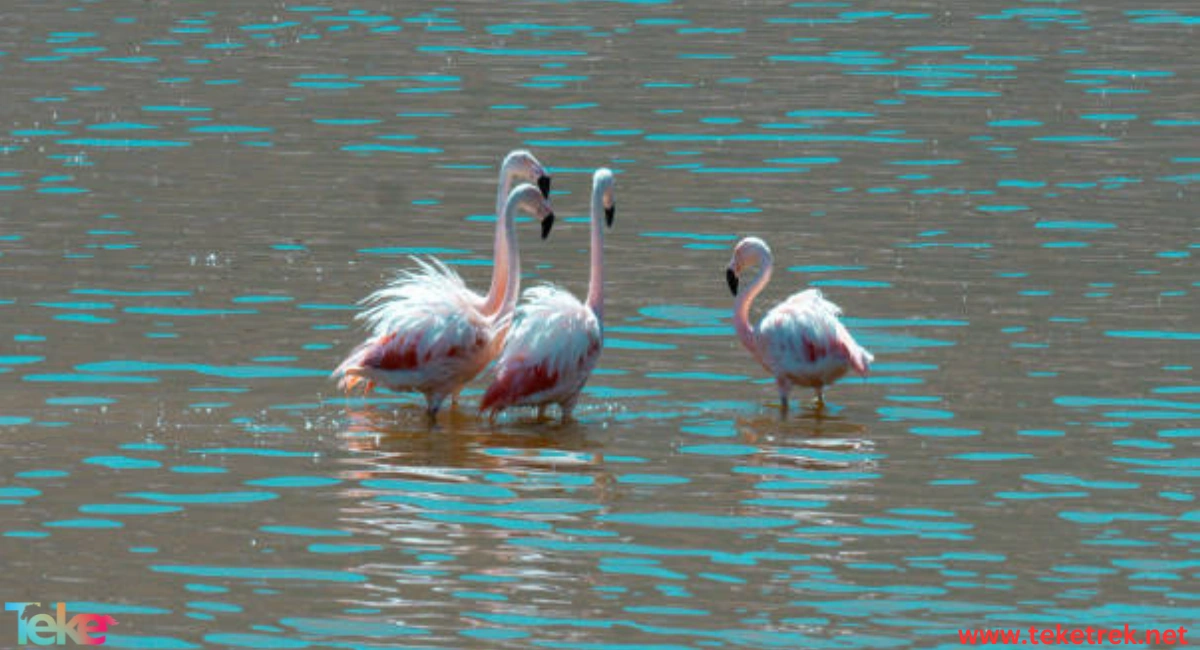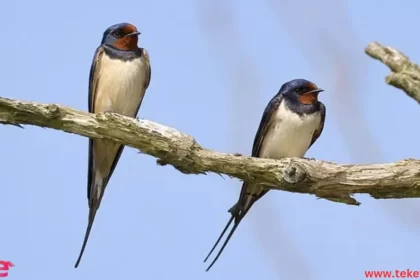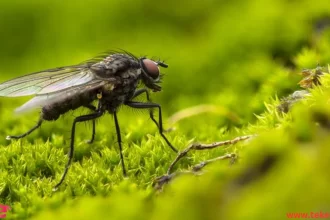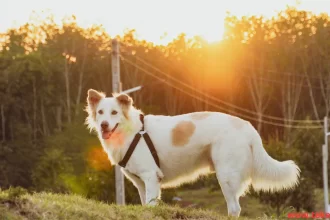The Andean flamingo is a species of flamingo native to the Andes Mountains in South America.
The Andean flamingo belongs to the kingdom Animalia, phylum Chordata, class Aves, family Phoenicopteridae, genus Phoenicoparrus andinus. In this article from teketrek, we will discuss the most important information about the Andean flamingo and its lifestyle.

External Appearance of the Andean Flamingo:
It is reported that its numbers are declining due to habitat loss, changes in water levels due to mining activities, and intensive egg collection.
The Andean flamingo has an elegant body shape, with a long curved neck and long legs. It is characterized by its pale pink color, with shiny upper parts and a distinctive large black wedge or triangle at the back of the body.Its legs are yellow and its beak is large, curved, black and yellow. The plumage of young birds is grey and turns pink as they mature.
Habitat of the Andean Flamingo: Where do Andean flamingos live?
The native habitat of the Andean flamingo is the Andes mountains in South America, including north-central Chile, southern Peru, northwestern Argentina, and western Bolivia.
The Andean flamingo lives in high-altitude saline lakes with relatively sparse vegetation. During the winter, the flamingos migrate to lower wetlands in search of food.
Behavior of the Andean Flamingo:
Andean flamingos are very social and form huge flocks that can number tens of thousands. The only usual form of aggressive behavior may be among males when they guard their mates.
These flamingos move between lakes and ponds throughout the year in search of food, doing so at night and in a flock. They tend to move to lower altitudes during the winter and may fly up to 700 miles in a single day.
During the day, Andean flamingos usually feed in small groups or pairs, separated by several meters scattered across the area.
Diet of the Andean Flamingo: What do Andean flamingos eat?
Andean flamingos are omnivores. Their main diet consists of diatoms and algae. They feed by stirring the water with their feet, burying their head and beak completely upside down in the water, and sucking up water and mud. They then move their heads from side to side, extracting plankton, insect larvae, and small fish from the water and mud.
Breeding Stages of the Andean Flamingo:
Andean hyraxes are monogamous, with pairs living together for several years. They breed in colonies that can number thousands of individuals, in December and January.
A single pair produces a chalky white egg, placed on a mound of mud in shallow water. Both the male and female Andean flamingo incubate the egg for 27-31 days, and both care for the young.
When the chicks hatch, they are fed “crop milk,” a substance that comes from the upper digestive system of the parent birds. The chicks stay in their nest for 5 to 8 days, then form groups of young called crèches, which can contain hundreds of young and are cared for by a few adult flamingos.
The young reach sexual maturity and full plumage at the age of 3-6 years.
Interesting facts about Andean flamingos
Here are some distinctive facts about the Andean flamingo:
The Andean flamingo is the only flamingo with yellow legs and feet.
Despite being relatively long, Andean flamingos are skilled swimmers. but, it cannot swim in shallow water.
Its feet help it swim and maneuver in soft mud.
Flamingos do not breathe while eating.
Parenting is shared by both parents, and both secrete a milk-like liquid to feed and support their chicks.
Like most bird species, Andean flamingos have a weak sense of taste.
In captivity, the bright colors of flamingos turn yellow, mainly due to the presence of carotene in their natural diet.
It is reported that its numbers are declining due to habitat loss, changes in water levels due to mining activities, and intensive egg collection. and human disturbances, as well as erosion at nesting sites.

Frequently Asked Questions About the Andean Flamingo:
- What are the predators of the Andean flamingo?
The Andean fox and Geoffroy’s cat prey on the Andean flamingos.
- How many Andean flamingos are left?
39 thousand Andean birds remain.
In conclusion
the Andean flamingo represents the beauty and environmental diversity of nature impressively. This bird lives in challenging environments and has evolved in amazing ways to adapt to its harsh conditions. Besides being part of the enchanting natural landscape of the Andes, the Andean flamingo plays a vital role in maintaining the ecological balance in its habitats. However, this bird faces significant challenges that threaten its survival, including climate change, pollution, and habitat loss. Therefore, protecting the Andean flamingo requires continuous attention and efforts from the international community to ensure the preservation of this wonderful creature and enrich the biological diversity of our planet.
Refrences





